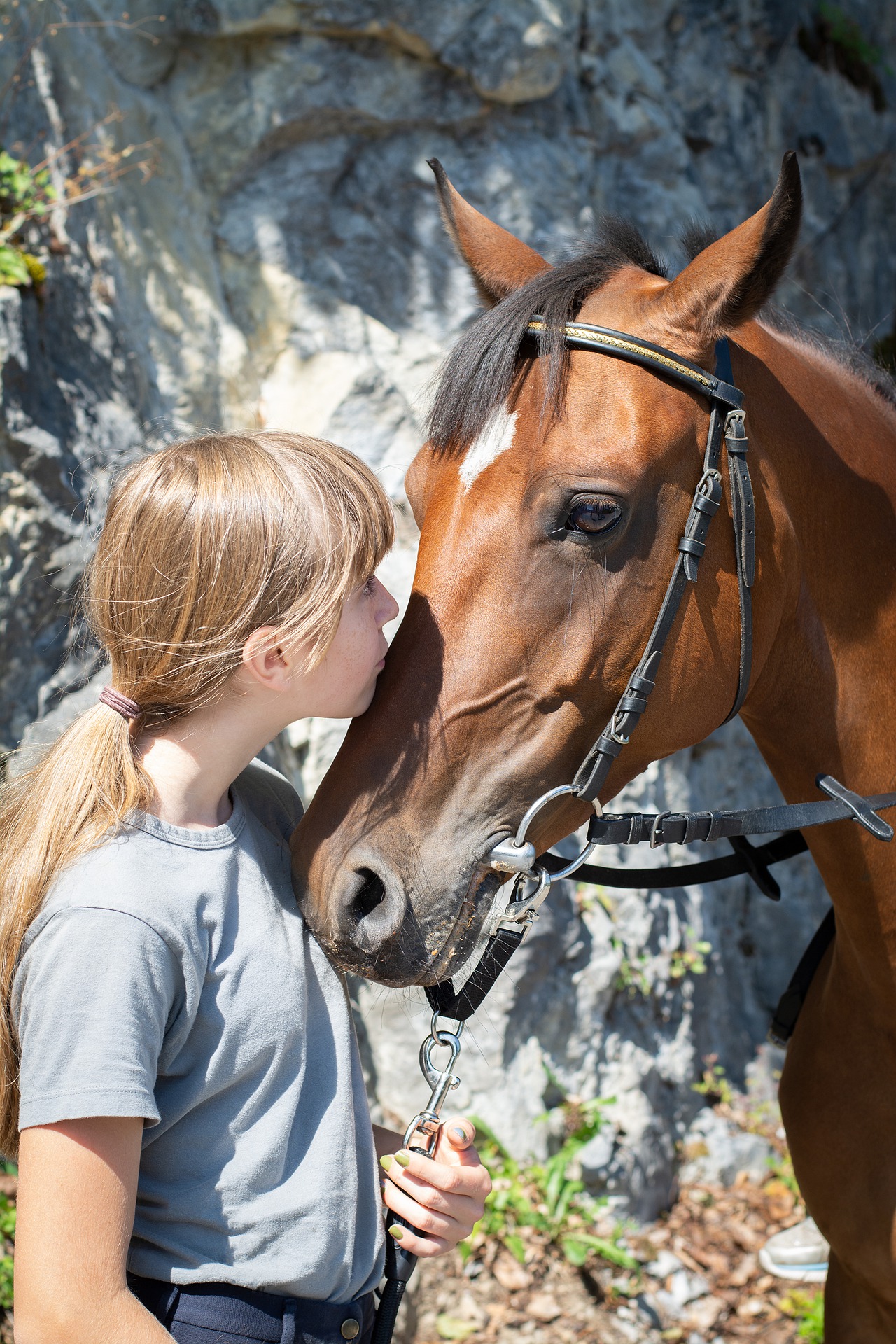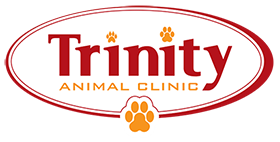What is Veterinary Acupuncture?
Veterinary Acupuncture is defined as “the insertion of special needles into specific points on the body to produce a healing response”.
The Origin of Veterinary Acupuncture
Acupuncture is a branch Traditional Chinese Veterinary Medicine (TCVM) and has been used by the Chinese for thousands of years to treat animals. Originally, in China it was used to treat agriculturally important animals such as cows, pigs and horses. In Western society we mostly use it for domesticated animals such as dogs, cats and horses. Acupuncture has been quite effective in treating musculo-skeletal conditions such as back pain, osteoarthritis & degenerative joint disease; Neurological issues including nerve paralysis & wobblers syndrome; Gastrointestinal and Internal Medicine conditions as well as behavioural problems. In addition, it can also be used as a form of preventative medicine. Other forms of alternative medicine such as Spinal Manipulation, Herbal Medicines and Food Therapy have been quite beneficial when used in conjunction with acupuncture.
How does it work?
In theory, your entire body is covered in nerve endings, and stimulation of the selected points causes a change in the nervous system. This change may be specific to that area of the body, as with a muscle injury, or that acupuncture point may also be stimulatory to an associated internal organ. Studies have shown that stimulation with the needles leads to increased circulation to the affected area, and release of hormones such as endorphins, serotonin & cortisol which are some of the body’s natural pain control chemicals. In essence acupuncture assists the body in healing itself.
The Channels
In order to better understand how acupuncture works I will give you an analogy. The exterior of the body is covered in a series of 12 regular and 8 extraordinary channels known as meridians. These channels all have numerous acupuncture points along the way, and are the pathway for Qi (energy) and Blood to circulate. If you imagine these meridians as the roads and highway system, then an injury can be equated to an accident that blocks the roads, preventing any further traffic (Qi & Blood) from passing, and a traffic jam develops. This prevents any normal flow of energy needed for the body to function to pass, which can be seen as swelling or discomfort in the tissue at the “accident site”. If it’s the highway then you have to wait for the accident to clear for relief as traffic can only flow one way, or you take a side road which means healing will be slower due to the longer road to travel. Acupuncture can thus be equated to the emergency services who come along and expedite the clearing of the accident and returning function of the tissues to normal.
What’s Involved?
A typical acupuncture session lasts 45 minutes and involves a complete examination and history taking, including the colour of the tongue and characteristics of the pulse, as well as determining the animal’s constitution or personality, and the degree of pain/ discomfort experienced by them. Once the acupuncture points to be used are selected and needles are placed, they may be further stimulated with a low frequency electrical pulse or heat through a moxa stick. Most animals will display some degree of relief after the first or second treatment, and recovery is dependent not only on the nature of injury but also on its cause and whether it was due to a bad habit. For example, a heavy rider or riding with bad posture can cause recurring back injury in horses even after treatment; and whilst acupuncture may offer relief to an arthritic animal it does not cure it.
A good point for acupuncture is that it is a very safe procedure, once it is carried out by a qualified acupuncturist. There have been very few side effects to therapy and it can be used on any age animal. The only conditions requiring caution are open wounds, fractured bones, pregnancy and infectious diseases.

Dr Laura Hutchinson, Trinity Animal Clinic
